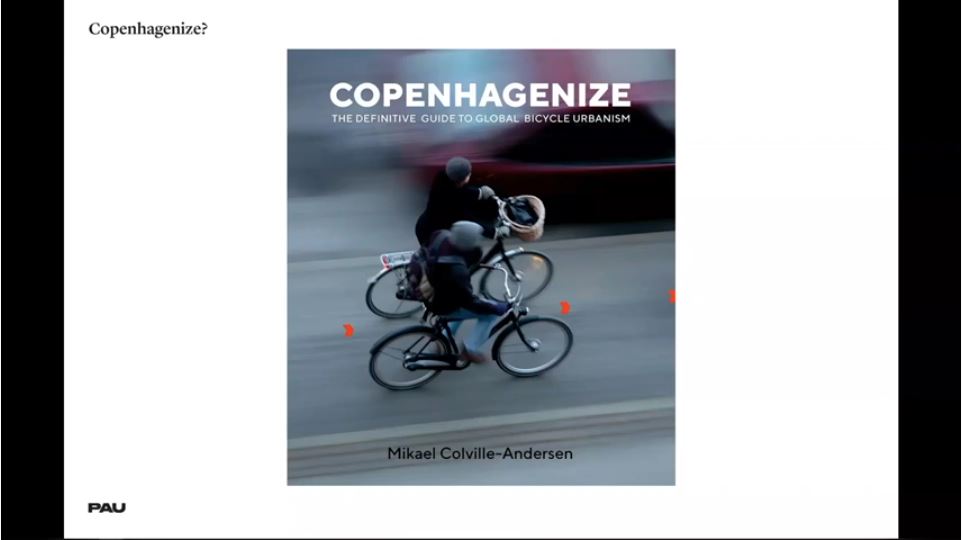At the risk of sounding like folks who listen to classical music only to feel sophisticated, Steve Reich is one of my favorite composers. Yes, I know, his isn’t strictly speaking classical music. But he’s certainly embedded in the timeline (to his approbation or not, given that he started out as a bit of a maverick). Nonetheless, he’s a living legend and I digress.
One of the principal appeals of Reich’s music is its simplicity. Especially with his early compositions from the 60s and 70s, it doesn’t require a musical education to process what you hear. Even his later compositions, which have become more structurally complex, retain an obvious tonal clarity. No matter if it’s Violin Phase from 1967 or if it’s Music for Ensemble and Orchestra from 2018, the music sounds like it’s coming out of crystal speakers. Steve Reich’s music is the sonic equivalent of a stained glass window.
The power of such clarity cannot be understated. With it, a listener engages the music directly, without relying on external information like sheet music or liner notes. You know those small panels that hang next to art in museums, the ones with the title, date, materials, donors, and sometimes a paragraph about the piece’s background or composition? The next time you are in a museum, pay close attention: people tend to spend more time reading those descriptions than looking at the artwork. Words are easier to process and more comforting to us than marks on a canvas. They are a kind of intellectual crutch we seek when faced with a painting or a photograph that we are led to believe has some deep meaning beyond our grasp. I find that they stunt analytic activity and would much rather do away with them. Steve Reich’s music never needs that accompanying text.
And yet… I can’t help myself. Once in a while I’ll open YouTube and watch an interview or documentary on Reich. One of my favorites of these is a 2006 episode of The South Bank Show. Part 3 covers the controversial premiere of Four Organs at Carnegie Hall in 1970.
From the first viewing I remember being struck by how elegantly and poetically both Reich and Michael Tilson Thomas were able to describe such a stressful moment in their lives, which at the time of the interviews was over 35 years ago. They used expressions like “cat calls,” “moment of silence,” “avalanche of boos,” “geological cataclysm of boos,” “white as a sheet,” “this is history!,” “what went through my mind was Nijinsky screaming out the numbers during the Rite of Spring to the dancers,” “for sure by tomorrow everyone in the world is going to be talking about you and your music.” These are expressions that certainly don’t cross your mind in the moment. That stuck with me. Also, since I wasn’t there in 1970, I clung extra-fast to these words since they were the only available description of that event.
I first watched that video, and those words lodged themselves into my brain, about 5 years ago. Then, last week, I got back on a Steve Reich kick (fueled by deadlines and the need for repetitive working music), and inevitably I searched “Four Organs” in YouTube again to relive the premiere with Steve and Michael. Suddenly I saw another interview in the search results. Needlessly hungry for alternate descriptions of that night, I clicked it. What I found was something eerie.
The video featured Reich and Tilson Thomas again, now 10 years older than in the South Bank Show, describing the exact same night with the exact same expressions. Check it out.
Same words!
- “Cat calls”
- “Moment of silence”
- “Avalanche” (spoken by both)
- “White as a sheet” (spoken by both)
- “This is history!”
- “For sure by tomorrow….”
How could it be that the very people who composed the music, arranged the performance, and played the 15-minute piece through a disruptive and outraged audience weren’t able to summon more of the million words in the English language to describe their experience? If they used the same language in 2006 as in 2016, 35 and 45 years hence, had they been using the same language in all previous interviews as well?
The answer came to me the same week. We were bantering during an office happy hour during which my boss quipped about the latest big-name firm to release visuals of the latest luxury high-rise: “It’s crap.”
At my place of employment, my boss is a known figure in the architecture & planning worlds. As such, he is often out giving lectures and interviews, the number of which far outstrip the number of actual projects he speaks about. The moment he said “crap” at that happy hour I remembered when, earlier in the year, he gave a speech in Chicago about making cities more humanistic. In it, he said this: “We’ve totally mechanized construction so we’re building the same building all over the world using the same materials. This is six downtowns, in six continents around the world. To use a technical term, it’s crap. It’s soul-crushing crap.”

“To use a technical term, it’s crap. It’s soul-crushing crap.”
Re-watching that video to confirm, I saw something else that rang a bell. He spoke about how architects and planners need to avoid repeating the same design approaches in different places around the world, no matter how successful that design approach may have been in the first place. He said: “I also worry when I see a book that says we should Copenhagenize something. I’m from Calcutta. I don’t want Calcutta to be Copenhagen. I’m very worried about this one-size-fits-all kind of solutions for things.”

“I’m from Calcutta. I don’t want Calcutta to be Copenhagen.”
That comment, in turn, threw me back to a lecture he gave at the Center for Architecture in New York in March of 2019, a boozed-up Q&A with journalist Justin Davidson, in which he first presented (to my knowledge anyway) the criticism of Copenhagenization, with the same accompanying slide.
Coming out of this Russian doll of throwbacks, it quickly became clear that people in those kinds of positions go through this all the time. When there is a surplus of occasions to talk, and a limited number of things to talk about, a person will often end up repeating themselves. Imagine a very popular movie has just come out, and one of the starring actors is making the rounds with the press. Often, these actors will schedule a press marathon, cramming dozens of interviews into a day or two. Now are we expecting them to invent something unique every single time they talk? Reasonably: of course not. The actor will have prepared a speech, based on their actual film-making experience, and will repeat speech at every occasion. Example par excellence: Lady Gaga making the rounds for A Star Is Born.

But beyond that, a deeper explanation occurred to me: famous people become famous partially because they are forced to constantly self-narrate. It is said that all forms of art, even most professions period, are just a form of storytelling. I have heard photographers, musicians, economists, lawyers, and teachers say this. It therefore stands to reason that the ones who rise to prominence in their field are those who have a better knack for composing stories of their lived experience. Once they write that story down, they repeat it over and over. They don’t care about reliving the events, perhaps because they understand better than most of us that memories are not like books you take off a shelf; to recall something is to recreate it, and the more you do that, the more likely you are to stray from the facts. Storytellers don’t bother with remembering. And neither do we, their audience. We re-watch the interviews and we re-load the webpages and we become fans even though we know what we’re about to hear. Working in the presence of the few famous people I have been lucky to witness this narration live: they are always searching for the right words for things, they are concise, they are always tuned to the comings and goings of plot twists or punchlines. They hone those stories in front of their spouses and colleagues. Then they repeat them in front of a transfixed public on television interviews, at community board meetings, academic lectures, and happy hours.
But within that explanation, there is an even deeper explanation: these folks do not want to reinvent stories, because the work speaks for itself. It isn’t out of laziness that a person hones their version of certain events and repeats that version when they’re satisfied. Nor are they seduced by the power of holding a captive audience. They simply would rather us go and see the movie or read the book or visit the place, and experience the source material in person. Peter Greenaway says in the introduction to his 2008 film Rembrandt’s J’Accuse that most of us are visually illiterate, that our reliance on text impairs our ability to analyze, contemplate, and enjoy images, sounds, and the other senses. Now I understand. Steve Reich, Michael Tilson Thomas, Vishaan Chakrabarti, and Lady Gaga don’t want me to approach them for answers. They are indirectly holding me to a higher standard. They want me to go savor the work they spent days and months and years producing, and to decide what it means for myself.
If that’s the case then, is Sandra Lee telling me something deep about food that I’ve been blind to?